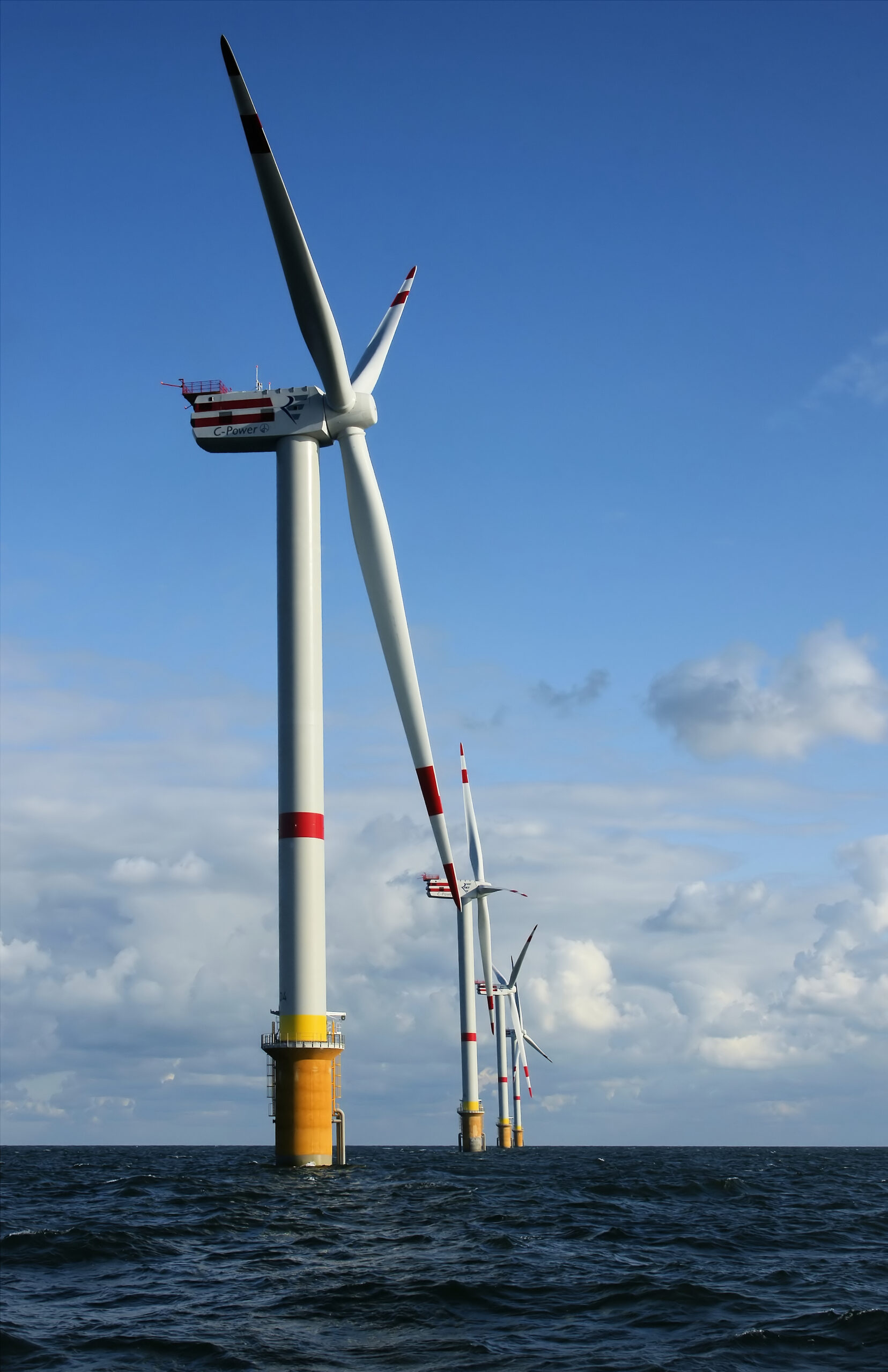- Why Scientists Track Atmospheric Carbon With Giant Towers - October 7, 2025
- The Link Between Melting Ice and Rising Sea Levels Explained - October 6, 2025
- How Ocean Currents Help Regulate Global Climate - October 5, 2025
The Promise of Green Technology
Green technology is often hailed as the savior of our planet. From solar panels to electric cars, these innovations promise to reduce our carbon footprint and slow down climate change. They offer a vision of a cleaner, more sustainable future where energy is abundant and pollution is minimized. However, while these technologies are marketed as environmentally friendly, the reality can be more complex. It’s important to understand that these solutions are not entirely without their own environmental impacts. For instance, the production and disposal of these technologies can sometimes offset the benefits they provide. So, while they hold promise, they also come with their own set of challenges that need to be addressed.
The Hidden Costs of Solar Panels
Solar panels are often seen as a clean and renewable energy source. They convert sunlight into electricity without emitting greenhouse gases during operation, which sounds perfect in theory. However, the production of solar panels involves mining and processing rare minerals, which can be environmentally damaging. This process often takes place in countries with lax environmental regulations, leading to significant ecological harm. Furthermore, solar panels have a limited lifespan, and their disposal can lead to the release of toxic materials. This raises questions about their overall sustainability and whether their widespread adoption is truly beneficial for the environment.
Electric Vehicles: A Double-Edged Sword
Electric vehicles (EVs) are another technology touted for their environmental benefits. They produce zero emissions while driving, which helps reduce air pollution in urban areas. However, the production of EVs is energy-intensive, particularly the manufacturing of their batteries. These batteries require rare earth metals such as lithium and cobalt, whose extraction can devastate local ecosystems. Additionally, the electricity used to charge these vehicles often comes from non-renewable sources, which diminishes their environmental advantages. So, while EVs are a step in the right direction, they are not a panacea for our environmental woes.
Wind Turbines and Their Environmental Impact

Wind energy is often seen as a clean alternative to fossil fuels. Wind turbines convert kinetic energy from the wind into electricity without emitting carbon dioxide during operation. However, their installation can have significant environmental impacts. The construction of wind farms can lead to habitat destruction and pose threats to bird and bat populations. Moreover, the manufacturing of turbines requires large amounts of materials, some of which are not easily recyclable. While wind energy is a valuable component of a sustainable energy future, it’s crucial to consider these potential downsides and work towards minimizing them.
Biodegradable Plastics: Not So Green After All
Biodegradable plastics are marketed as a solution to the growing plastic waste problem. These materials are designed to break down more quickly than traditional plastics, reducing their environmental impact. However, many biodegradable plastics require specific conditions to decompose properly, which are not met in most landfills. As a result, they can still contribute to plastic pollution and harm wildlife. Additionally, the production of biodegradable plastics often relies on agricultural resources, which can lead to deforestation and increased carbon emissions. This highlights the need for more sustainable alternatives to traditional plastics.
The Role of Energy Storage Systems
Energy storage systems, such as batteries, are essential for the effective use of renewable energy sources like solar and wind. They store excess energy for use when the sun isn’t shining or the wind isn’t blowing. However, these systems come with their own environmental challenges. The production of batteries is resource-intensive and involves the mining of rare earth metals. Additionally, the disposal of batteries can lead to soil and water contamination if not managed properly. While energy storage systems are crucial for a sustainable energy future, their environmental impact cannot be ignored.
The Carbon Footprint of Digital Technologies
Digital technologies, including cloud computing and data centers, play a significant role in our modern lives. They are often seen as less environmentally damaging compared to traditional industries. However, the carbon footprint of digital technologies is substantial. Data centers consume vast amounts of electricity, often generated from non-renewable sources, contributing to greenhouse gas emissions. Additionally, the production and disposal of electronic devices involve significant environmental costs. It’s essential to recognize the environmental impact of our digital world and work towards more sustainable practices.
Conclusion: A Call for Holistic Evaluation
While climate-friendly technologies offer promising solutions to environmental challenges, it’s crucial to evaluate them holistically. The production, operation, and disposal of these technologies can have significant environmental impacts that must be considered. By understanding the complexities and trade-offs involved, we can work towards more sustainable and effective solutions for our planet.
